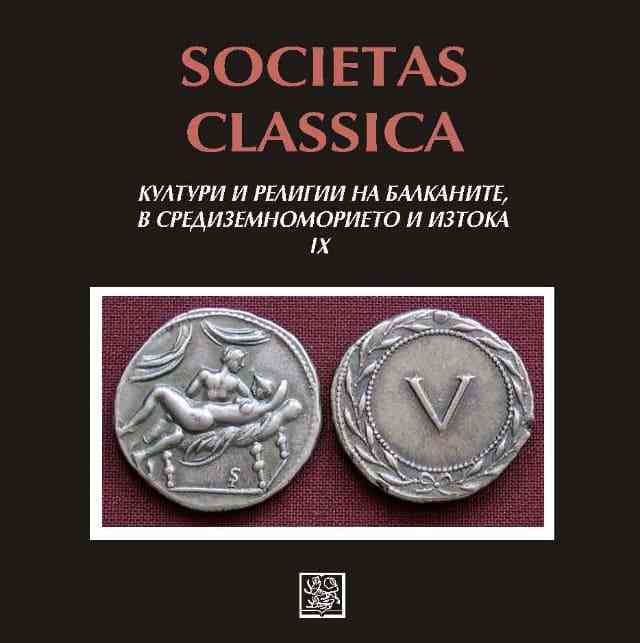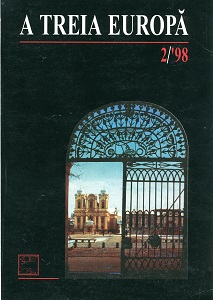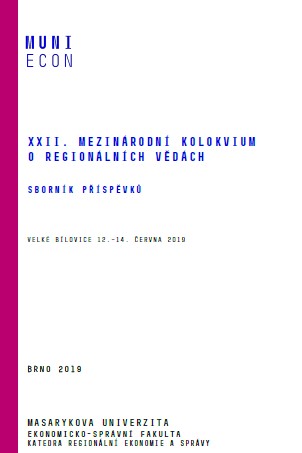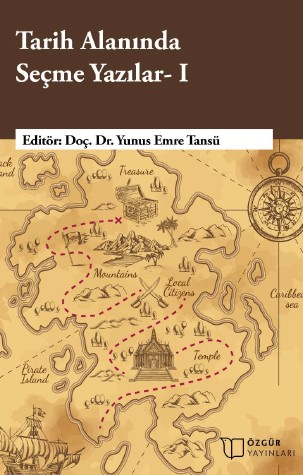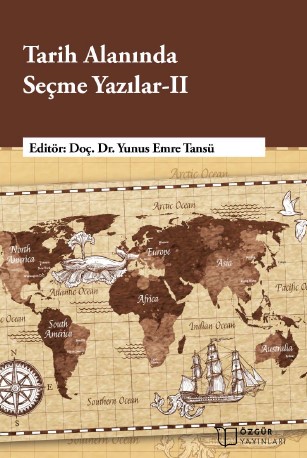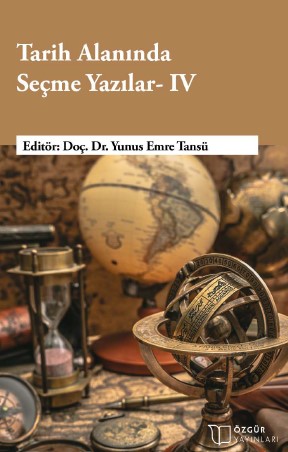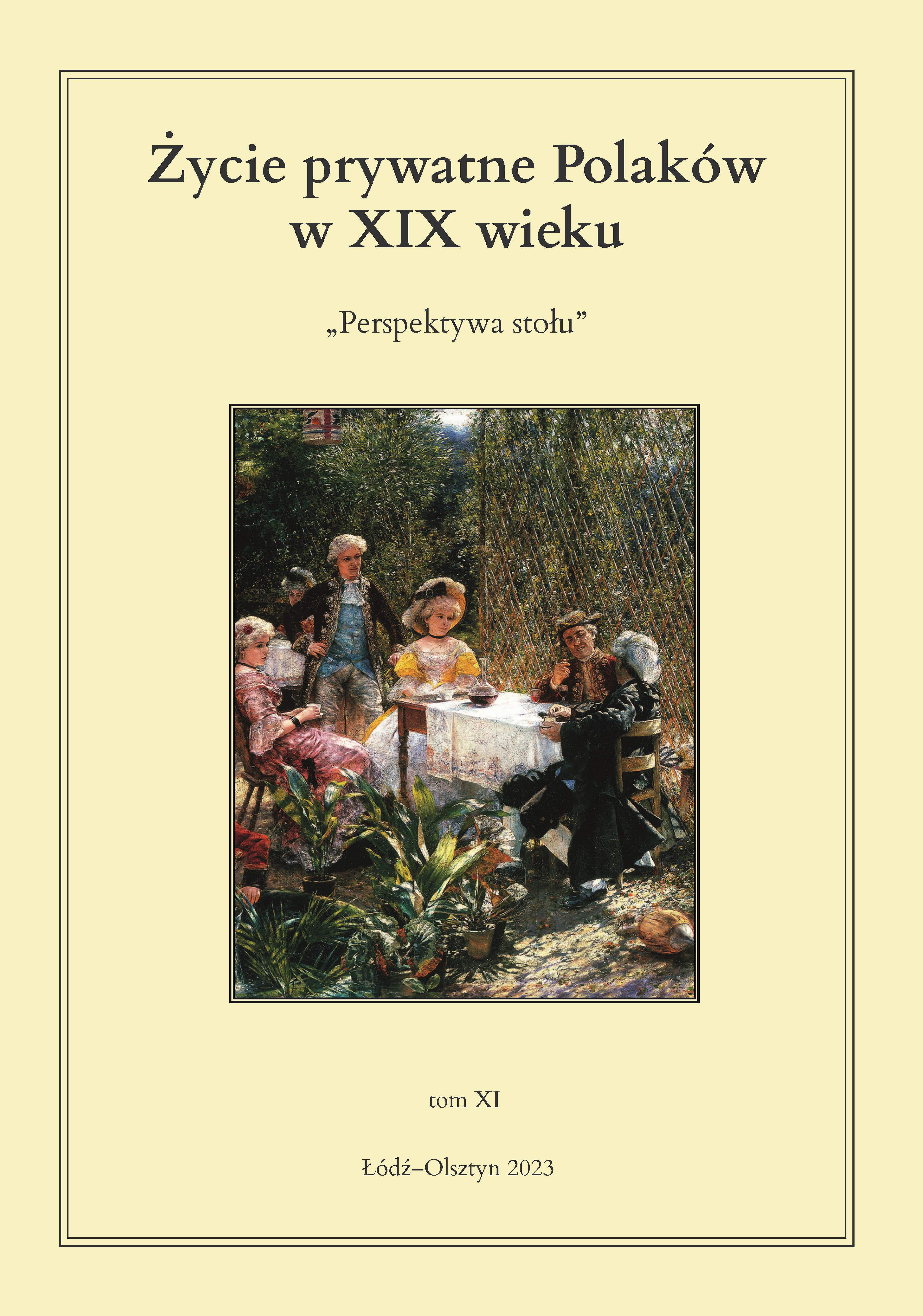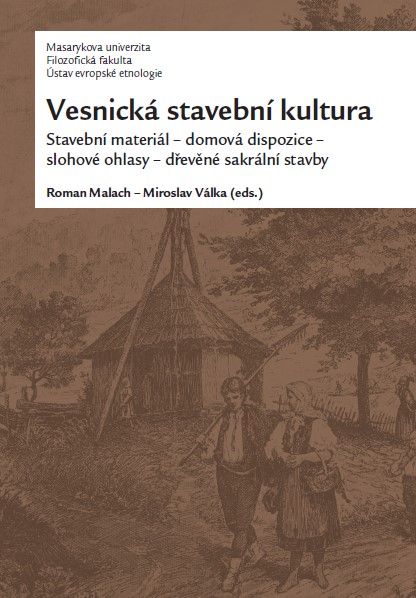
Využití hlíny u roubeného malohanáckého domu
The contribution writes about various utilization of mud at timbered buildings in the ethnographic sub-region of Malá Haná around the town of Boskovice. With particular examples, it documents varied building techniques that have not been researched in such a thorough way so far. It has turned out that the phenomenon includes various techniques in the monitored region and it can still be researched at some buildings, especially residential houses that have survived in their intact form. It can also be compared in wider regional connections with the researches that show similar deep knowledge of constructions. Such researches prove to be even more urgent today because e.g. different types of mud plasters can be documented in the field, which until recently were vaguely indicated as e.g. mud fur-coats or puddle, however, without a more detailed description of their composition and design. The contemporary condition of the survived constructions in the region is most conductive to the research. The oldest buildings are often maintained insufficiently, which enables to know the layers and the structure of a building better. This would not be possible to research with the application of non-destructive methods at well-maintained buildings.
More...
